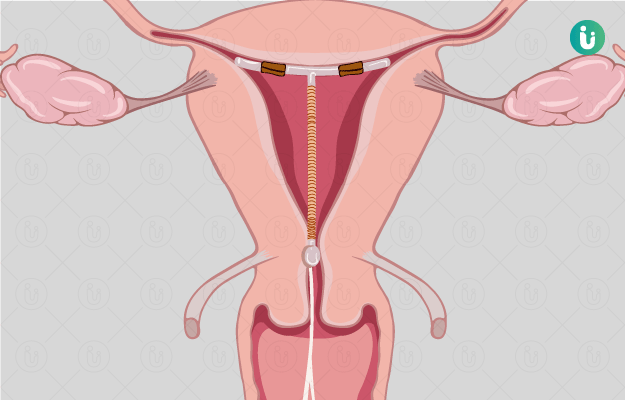For many women across the globe, pregnancy is one of the best feelings in the world and as soon as they conceive, one of the things that they are curious about is whether it is a girl or a boy! However, for parents, every child is a gift from God irrespective of the gender, but, for many of those who want to decide what they should start pouring into their baby’s nursery, a nine-month wait feels like centuries.
In India, determining the sex of the child during pregnancy is illegal, and a punishable offence. Many people exploited sex-determination tests to identify the gender of the foetus, which resulted in a lot of female foeticides (killing female foetuses in the mother’s womb). Continuous practice of sex-selection has lead to a disturbance of sex ratio in India (number of females per thousand males).
According to the Pre-conception and Pre-natal Diagnostic Techniques (PCPNDT) Act, the punishment for sex-determination and selection includes a three-year imprisonment with a fine of rupees fifty thousand or an imprisonment for five years while the fine may be extended to one lakh rupees. This is not only applicable to people who attempt to know the sex of their child but also for the doctor who performs the diagnosis. Hence, it is important to be a responsible citizen and a parent and enjoy this overwhelming phase of parenthood right from the moment you expect a baby.
Once out, the news of pregnancy usually spreads like a wildfire across the family and the neighbourhood. Many people try to predict whether you’re carrying a baby boy or girl. However, there is no scientific proof regarding any of these predictions. This article has been written only to satiate people’s curiosity and their traditional beliefs about the baby’s gender. A few popular, age-old myths followed in different cultures to determine if you are pregnant with a baby boy have been discussed.










































